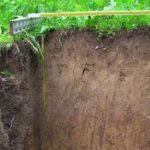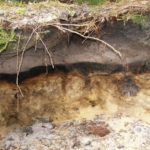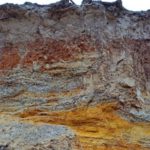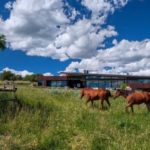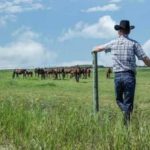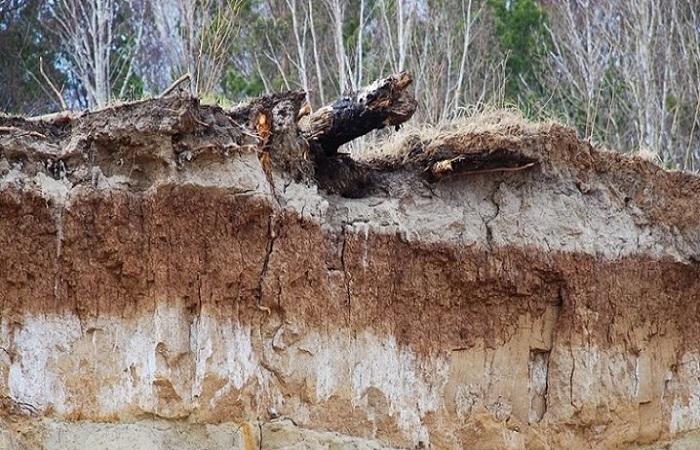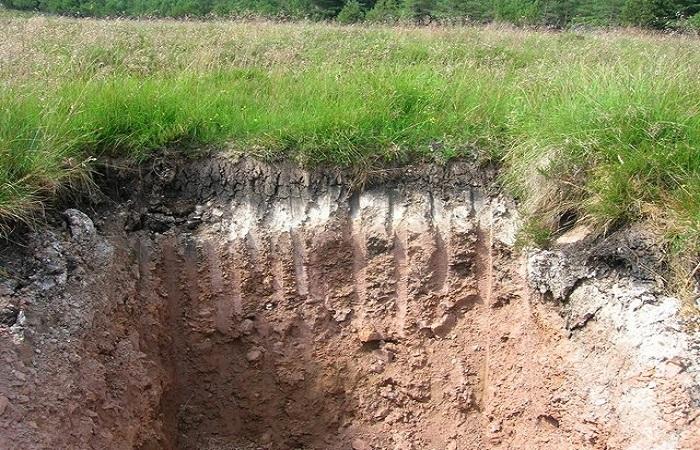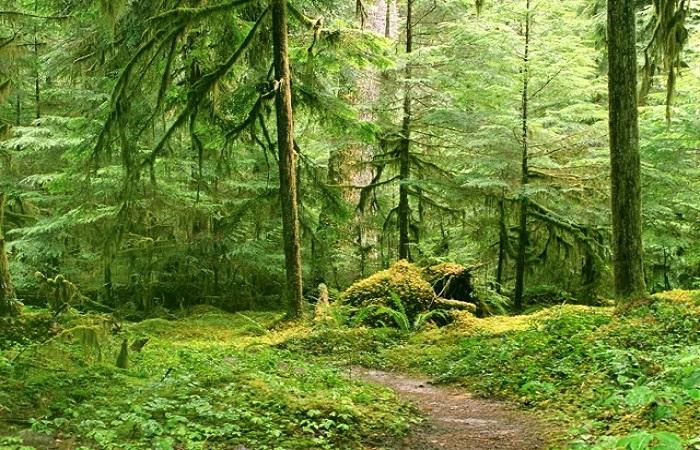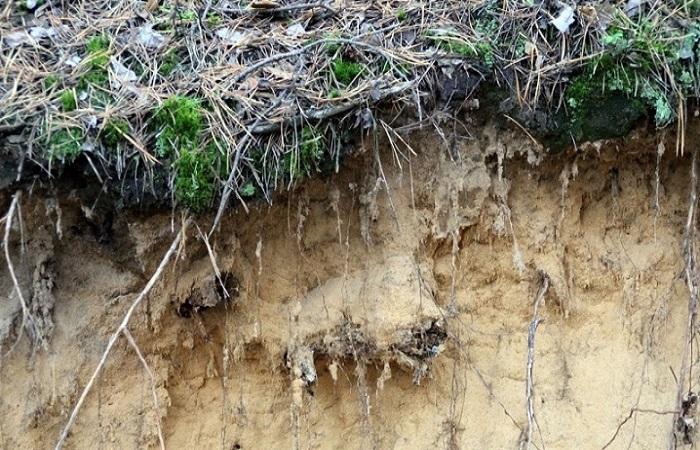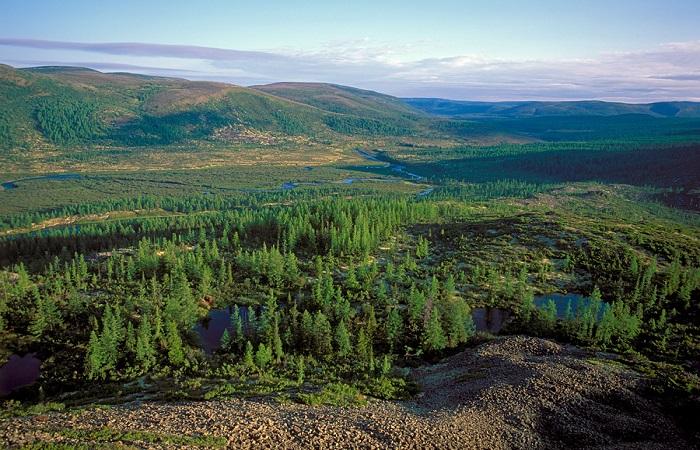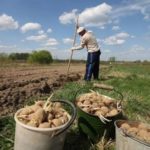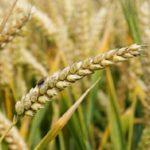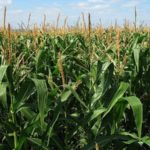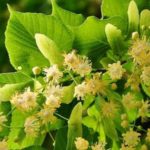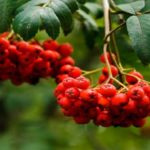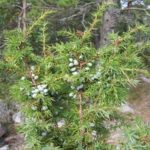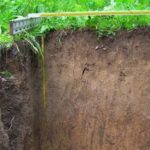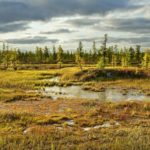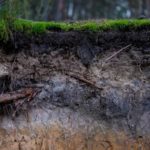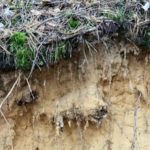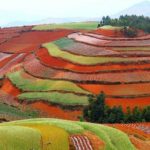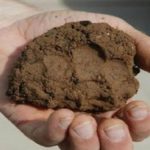Podzolic soil types correspond exclusively to northern coniferous forests, also called boreal. For such lands to appear, cold areas of terrain that are characterized by an attractive leaching regime are required. The term “podzol” was coined by V.V. Dokuchaev, who has been studying such soils since 1875. The main feature of these types of soil is considered to be a high content of silicic acid, which is 85%.
What it is?
The term “podzol” was introduced into science by V.V. Dokuchaev.The scientist has been studying these soils since 1875. The word was borrowed from the vocabulary of the Smolensk province. It comes from a common practice among peasants in that region, in which the first plowing of virgin soil reveals an ash-like layer of soil.
Podzolic soils are understood as the type of soil that formed under coniferous and mixed temperate forests on non-carbonate rocks. This is due to the development of the podzolic process. The composition contains 1-4% humus. Such soils are considered infertile.
Podzolic soils are located in a cold and humid climate zone. The maximum number of such lands is found in Russia. Their geographical location is on plains and plateaus. This includes the European part of Russia, the Far East, and Eastern Siberia.
Podzolic soils are also found in Western Europe, Canada, and the USA. In addition, they are characterized by an Asian and even African location.
Soil-forming rocks include:
- loams and clayey soil types;
- sands and sandy loams;
- alluvial and colluvial rocks;
- moraine deposits.
Important characteristics of such soils are the acid reaction and high content of ferrous oxide. Such territories have almost no economic significance. To use soils, a lot of fertilizers must be introduced into them. There are several types of soils associated with different climates.
The structure of such land looks like this:
- organogenic mass;
- 100-150 millimeters of humus;
- 50-500 millimeters of gleyed horizon;
- 200-500 millimeters of illuvium;
- soil-forming rock – when actively moistened, it is subject to gleying.
Formation of podzolic soils
The soil formation conditions for podzolic soils include the following:
- depletion of plant litter in nitrogen and ash substances;
- low temperature;
- slow microbial activity;
- conservation of forest litter in the form of litter.
The main distribution zone of such soils is the taiga. It is characterized by a strong decrease in temperatures in winter. In summer, this climate zone is also cool. As a result, precipitation evaporates little. The retention of ground moisture is also ensured by fallen pine needles.
A distinctive property of the soil is low fertility. The humus content in such soil is 1-3%. The thickness of the humus horizon reaches 5-15 centimeters.
Profile
Podzolic soils are characteristic of the taiga zone. The humus horizon of podzolic soils is characterized by a whitish or gray-whitish color. In terms of structure, its format can have the following types:
- tiled;
- scaly;
- leafy-scaly;
- layered-platy.
Illuvium is distinguished by its high density and nutty structure. Below there is a more prismatic structure. Then soil-forming rocks are formed.
The eluvial layers that form in such soil are typically acidic or strongly acidic. The base portion is 20-50%.
Soil relief
Podzolic soil types are located in places with different topography. However, in most cases, the combination with moraine plains dominates. Most often, in such natural zones, ridges, ridges and flat places alternate.
Classification
There are several types of podzolic soils. Each of them has certain characteristics.
Actually podzolic
Such lands are found in areas that include rocks of different types. Most often, such soil is located under middle taiga forests. Not only coniferous trees grow in these places, but also shrubs, mosses, and lichens. The upper horizon is characterized by an acidic reaction. The amount of humus in the structure is 1-7%.
Gley-podzolic
The appearance of such lands is mainly associated with loamy soils or lighter types of soils. On the surface of the gley-podzolic soil, a typical northern taiga is observed, which includes coniferous and mixed forests. Mosses, lichens, and shrubs also grow here. The thickness of the forest floor is no more than 10 centimeters. Below is a podzolic gleyed mass measuring 3-15 centimeters.
Sod-podzolic
Such soils are more common in areas with coniferous-broad-leaved, coniferous-small-leaved and pine-larch forests. The main condition is the predominance of mosses and herbs in the lower plant layer. The thickness of the forest floor does not exceed 7 centimeters. Below it is a transit organomineral level.
Economic use
Podzolic soils are used to a limited extent in agriculture. In order to grow the main crops in this zone, it is necessary to carry out liming and apply fertilizers - organic and mineral.Of no small importance is the regulation of the water regime and the creation of a arable layer of considerable thickness.
In their original form, these soils provide people with a large amount of industrial wood. The taiga is also a source of berries, nuts, mushrooms and many medicinal plants. If we talk about cultivated plants, in the southern regions of this zone it is permissible to grow the following:
- cereals;
- potato;
- linen;
- forage plants.
What grows on it?
The main feature of such soils is their location. They are in the taiga. In winter, severe frosts are observed here. Summer is also quite cool. At the same time, the lands are not characterized by high fertility. However, many boreal forests are considered nature reserves.
The most common deciduous tree is birch. In some places it reaches the Arctic Circle itself. Poplars and aspens are slightly less common. Also in this area you can see linden, rowan, and juniper.Of course, in terms of fertility parameters, these types of soil are significantly inferior to chernozems and gray forest soils.
Separately, it is worth mentioning the coniferous-deciduous forests that grow on podzol. The main share in them is occupied by heat-loving and deciduous conifers. In the southern part of Primorsky Krai there are many cedars and black firs. Japanese elms and Manchurian ash trees grow in the river valleys. Forest peonies and lilies look very attractive. The area is also decorated with many ferns.
Podzolic soils are located in the taiga forest zone and are not characterized by good fertility. Therefore, they are rarely used for agricultural purposes. If it is necessary to grow crops in this area, it is important to take measures to increase the nutritional properties of the soil.

